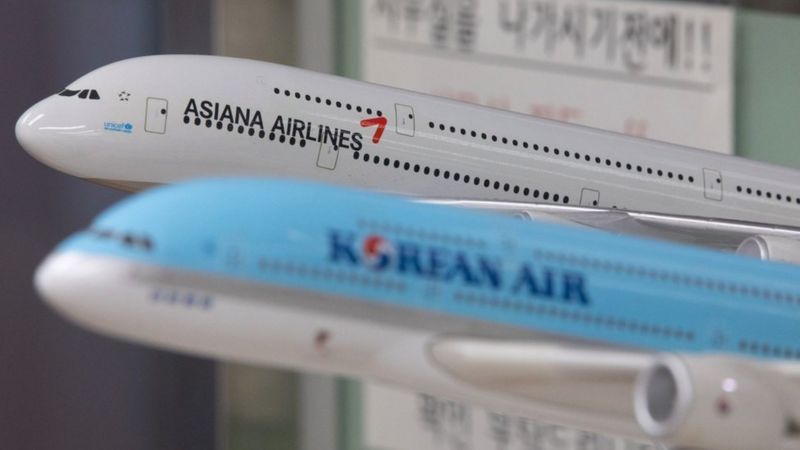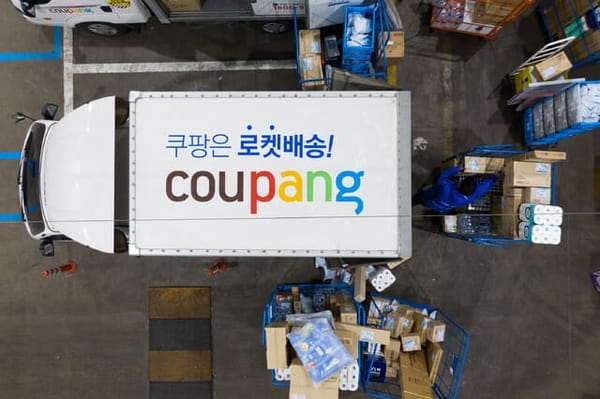Credit: News1.
The COVID-19 pandemic ravaged the airline industry. South Korea’s two largest airlines met different fates: Korean Air 대한항공 managed to survive by quickly pivoting to freight transport, while Asiana Airlines 아시아나 항공, already struggling before the pandemic, faced a real possibility of bankruptcy.
In November 2019, a consortium led by Hyundai Development Company 현대산업개발 announced it would acquire Asiana, but the deal fell apart in September 2020 after the pandemic severely undercut Asiana’s business. In November 2020, Korean Air announced that it would acquire Asiana in response to heavy pressure from the government to prevent the dissolution of South Korea’s second largest airline.
The behemoth resulting from the proposed merger would control over 50% of South Korea’s international aviation market, a point that drew scrutiny from regulators not only in South Korea, but all over the world. Antitrust authorities from eleven countries, including China, Taiwan, Thailand, Vietnam, and Turkey, lodged objections, setting Korean Air scrambling - and investing significant amounts of time and money - to obtain their approval.
This week saw another round of challenges as the competition authorities of the European Union and the United States both expressed negative opinions on the merger. On May 17, the European Commission issued a preliminary Statement of Objections, indicating that the merger would reduce competition in cargo transport between Europe and South Korea, as well as in passenger transport between South Korea and France, Germany, Italy and Spain. The EU will make its final decision in August.
Separately on May 18, Politico reported that the US Department of Justice was considering litigation to block the merger. Korean Air and Asiana combined control 100% of passenger traffic between Seoul and New York, Los Angeles and Seattle, and approximately 80% of passenger routes between Seoul and San Francisco and Honolulu. The two airlines’ dominance in cargo flights between South Korea and the US is also a cause for concern, as the flights transport strategically significant products like semiconductors.








